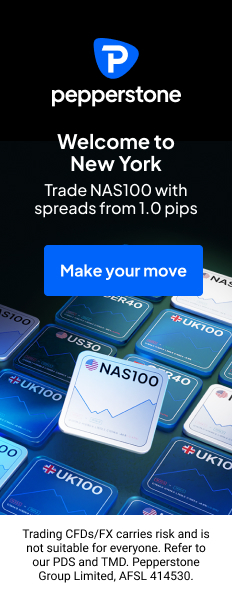In today’s digital economy, online advertising fuels much of the free content we consume. But lurking within this system is a growing cyber threat—malvertising. Unlike traditional malware that spreads through downloads or infected email attachments, malvertising hides in plain sight, piggybacking on legitimate ads to infiltrate unsuspecting users’ devices.

What is Malvertising?
Malvertising, short for “malicious advertising,” is the practice of injecting harmful code into online advertisements that are then served on legitimate websites. These ads look normal but can redirect users to malicious sites or silently deliver malware. Because they appear through trusted ad networks, they often bypass a user’s suspicion and traditional security checks.
How Malvertising Works
The online advertising ecosystem is complex, involving publishers, ad exchanges, servers, and multiple redirects before a single ad reaches your screen. Cybercriminals exploit this complexity by inserting malicious code at different points of the chain. Once loaded on a user’s browser, malvertising can:
- Force redirects to harmful sites designed to steal data.
- Trigger drive-by downloads that install malware without any clicks.
- Deploy exploit kits that probe a user’s system for vulnerabilities.
- Enable phishing schemes, tricking users into revealing sensitive details.
In some cases, simply viewing a webpage with an infected ad is enough to compromise a device.

Source: create.vista.com
Malvertising vs. Adware: Key Difference
- While often confused with adware, malvertising is distinct.
- Malvertising infiltrates websites and impacts users through poisoned ads.
- Adware, on the other hand, installs directly onto a user’s computer—usually bundled with software—and continuously pushes unwanted ads or redirects.
Why Malvertising Matters
For users, the risks include data theft, ransomware, spyware, and financial fraud. Even a brief exposure can have lasting consequences.
For publishers, hosting malicious ads—even unknowingly—can damage reputation, reduce traffic, and expose them to legal liability.
The challenge lies in detection. With millions of ads dynamically served through real-time bidding, testing each one thoroughly is nearly impossible. This makes malvertising particularly dangerous and profitable for attackers.
Protecting Against Malvertising
Although malvertising is difficult to stop completely, both users and publishers can take steps to reduce risk:
For users:
- Keep browsers, plugins, and security software updated.
- Use trusted ad blockers and anti-malware tools.
- Be cautious with redirects or sudden pop-ups.
- For publishers/ad networks:
- Implement strict ad vetting and continuous monitoring.
- Partner with cybersecurity firms to scan ad creatives.
- Limit third-party scripts and regularly audit ad supply chains.
Final Thoughts
Malvertising is one of the most deceptive forms of cybercrime because it exploits what should be harmless—advertising. With cybercriminals growing more sophisticated, awareness is the first line of defense. By understanding how malvertising works and adopting preventive measures, both users and businesses can better protect themselves from this silent yet potent threat.
Learn from market wizards: Books to take your trading to the next


 Hot Features
Hot Features












